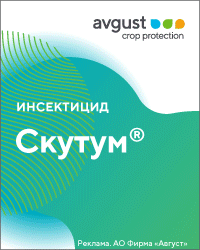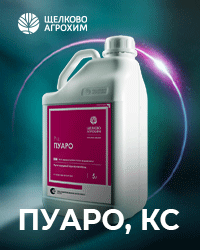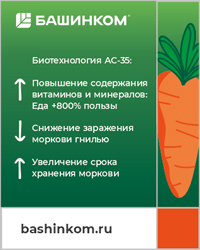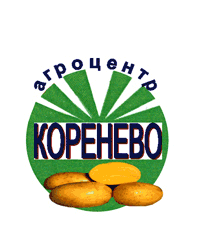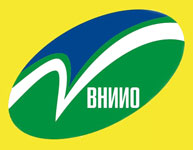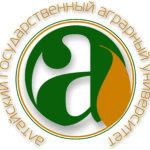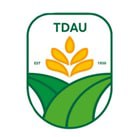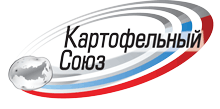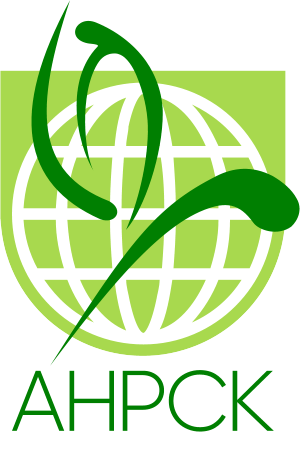UDC 635.611: 631.527
https://doi.org/10.25630/PAV.2025.84.58.006
Pluzhnik I.S.
The article provides a brief market overview, current data on global melon production and exports, listing the leading countries (China, Turkey, Iran, India, the USA, Uzbekistan, Kazakhstan), harvested areas, and a brief description of the cultivated varietal types. An analysis of melon production in the Russian Federation is provided, indicating the leading regions and federal subjects. Over the past 7 years, the cultivated area for this crop has decreased from 42 thousand hectares to 28 thousand hectares. The range of melon varieties grown in Russia is quite extensive and includes both traditional types (Kolkhoznitsa) and new varietal types of foreign and domestic breeding (Ananas type, Canary, Piel de Sapo, Branco). The article outlines the main directions of melon breeding at Gavrish Research and Production company. Breeding models for new varieties and hybrids of the following varietal types are presented: Kolkhoznitsa, Ananas, Canary, Galia. The models specify the main economically valuable traits targeted in the breeding work: yield, early maturity, main fruit characteristics, pulp tasting qualities, soluble solids content, foliage, shelf life, transportability, and resistance to major diseases (Fusarium wilt, powdery mildew, Cucumber green mottle mosaic virus). The article also provides a brief description of the melon varieties and hybrids developed at Gavrish Research and Production company, listing their main economically valuable traits. The F1 hybrids Altyn, Azovka, and Selena belong to the Ananas type, possessing excellent fruit quality and good disease resistance. The Gannibal variety belongs to the Kolkhoznitsa type, characterized by segmented, round fruits with excellent taste. New hybrids of the Canary type (Model F1 96/23) and the Galia type (Model F1 174/23) have successfully passed production trials and are recommended for cultivation in the Russian Federation, CIS countries, and the Middle East.
Key words: melon, cultivated area, breeding, variety, F1 hybrid, varietal type, variety mode
Pluzhnik I.S., research fellow, Gavrish Research and Production Company. E–mail: plu.ivan@mail.ru
- Rodríguez-Casado A. The health potential of fruits and vegetables phytochemicals: notable examples. Critical Reviews in Food Science and Nutrition. 2016. Vol. 56(7). Pp. 1097–1107.
- Vouldoukis I. et al. Antioxidant and anti-inflammatory properties of a Cucumis melo LC. Extract rich in superoxide dismutase activity. Journal of Ethnopharmacology. 2004. Vol. 94(1). Pp. 67–75.
- Lum T. et al. Fresh melon consumption improves lipid profile and antioxidant capacity in overweight adults. Nutrition Research. 2019. No65. Pp. 1–10.
- FAOSTAT Food and Agriculture Organization of the United Nations [Web resource] URL: https://www.fao.org/faostat/ru /. Access date: 09.10.2025 (In Russ.).
- Hari Kesh, Prashant Kaushik. Advances in melon (Cucumis melo L.) breeding: An update. Scientia Horticulturae. 2021. Vol 282. 110045 ISSN 0304-4238
- Pratik Shirsath. Melon Seed Market Report 2025 (Global Edition) [Web ресурс] URL: https://www.cognitivemarketresearch.com/melon-seed-market-report. Дата обращения: 10.09.2025.
- Akhoundnejad Y., Yıldız Daşgan H. & Sevgin N. Effects of planting dates on yield, plant nutrient content and quality of some melon (Cucumis melo L.) genotypes in Southeastern Anatolia of Turkey. Turkish Journal of Agricultural and Natural Sciences. 2022. No9(2). Pp. 486–495. https://doi.org/10.30910/turkjans.923363
- Roy A., Bal S.S., Fergany M. et al. Wild melon diversity in India (Punjab State). 2012. Vol. 59. Genet. Resour. Crop Evol . Pp. 755–767. https://doi.org/10.1007/s10722-011-9716-3
- Torres A., Langenhoven P. & Behe B. K. Characterizing the U.S. Melon Market. HortScience. 2020. Vol. 55(6). Pp. 795–803. https://doi.org/10.21273/HORTSCI14859-20.
- Melons of Uzbekistan. R. Mavlyanova, A. Rustamov, R. Khakimov, A. Khakimov, M. Turdieva, S. Padulosi. IPGRI’s Sub-regional office for Central Asia. Tashkent. 2005. Pp. 6–7.
- Monge-Pérez, J. Producción y exportación de melón (Cucumis melo) en Costa Rica. Tecnología en Marcha. Vol. 27, No1. Pág. 93–103.
- Federal State Statistics Service. The acreage of the Russian Federation for the period from 2018 to 2024. [Web resource]. URL: https://rosstat.gov.ru/ Access date: 3.10.2025 (In Russ.).
- Koleboshina T.G., Varivoda E.A. Melon Growing Industry Analysis in Modern Economic Conditions. 2020. IOP Conf. Ser.: Earth Environ. Sci. 459 062075
- Gulin A.V., Mukanov M.V., Volodina S.A. The results of the work of the All Russian Research Institute of Irrigated Vegetable and Melon Growing on the selection of pumpkin crops in the Astrakhan region. News of FSVC. 2022. No2. Pp. 25–29. (In Russ.).
PDF(Rus)
For citing: Current trends in melon breeding. Potato and vegetables. 2025. No7. Pp. 50-55. https://doi.org/10.25630/PAV.2025.84.58.006 (In Russ.).

